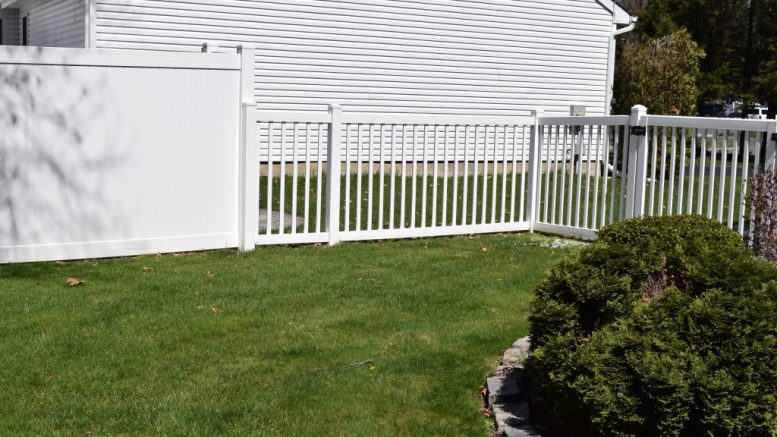 Property boundaries are there for one reason; so that a property owner knows which is his or her property and which isn’t. But there might be times when these lines are unclear or come with issues regarding where and what belongs to whom.
Property boundaries are there for one reason; so that a property owner knows which is his or her property and which isn’t. But there might be times when these lines are unclear or come with issues regarding where and what belongs to whom.
In general, boundary disputes arise because of uncertainty, confusion, or plain inattention to detail. This results in erroneous assumptions by property owners in circumstances involving who really owns what in the disputed property. Unfortunately, in some cases, both property owners’ deeds might reflect that they both own the disputed property.
Understanding Property Lines and Boundaries
To determine boundary lines, property owners usually review the tax maps of the state with separate parcels of land according to the specific details. These include back and front yards, as well as land mainly if the house or property is on a sizeable land. However, add-ons including roads, ponds, preserves and the like could complicated matters especially when placed within a property’s boundary lines, say real estate attorneys from Miller & Steiert, P.C. in Denver.
This might likewise complicate things if the land has been modified from its original state resulting in particular property features such as a forest or lake to run into another individual’s property.
What to Do with a Boundary Dispute
When differences in opinion and misunderstandings between property owners arise, it’s best that you stay calm and levelheaded and act proactively. Discuss the issue with the other property owner and bring legal documents including the property deed, land maps, property surveys, insurance files, and other relevant documents to help prove your claim. Hopefully, you could resolve your boundary dispute this way. Otherwise, you might need to seek legal help either to mediate your case or file a lawsuit against the other property owner.
In general, you could either file a lawsuit for declaratory judgment actions and ejectment, also called continuing trespass. Your lawyer would help you figure out the extent of your property rights and help determine potential defenses against the other property owner’s own claims about the disputed property line.
